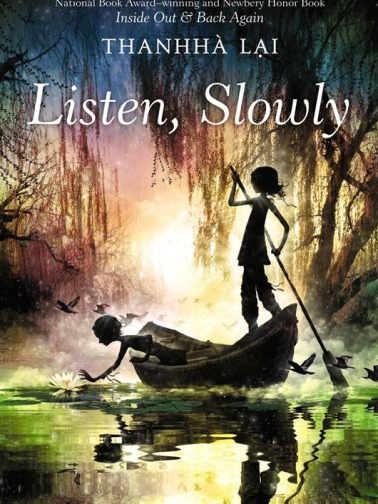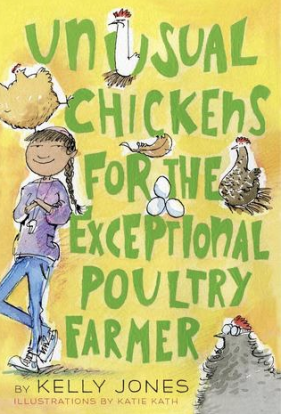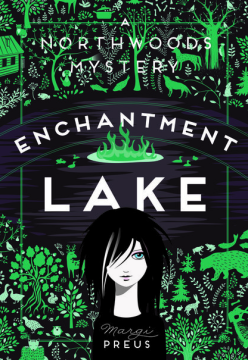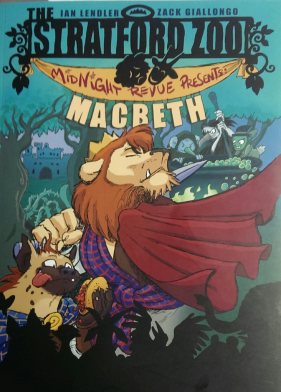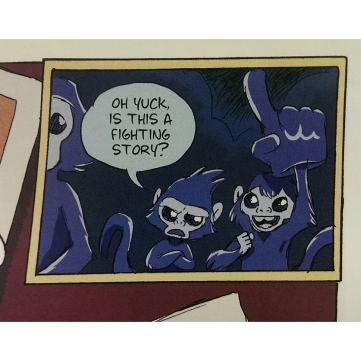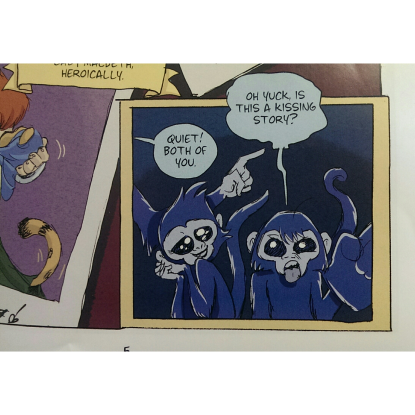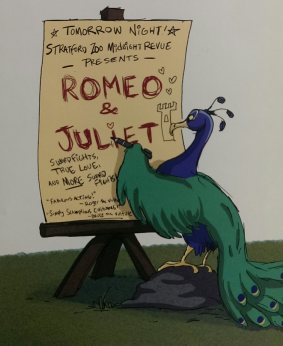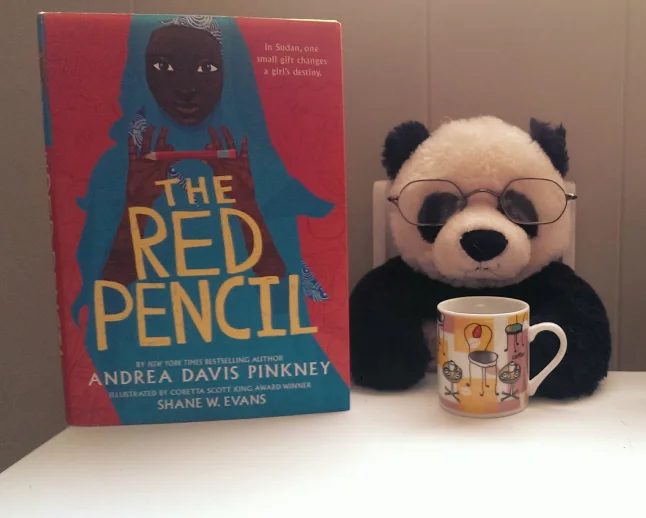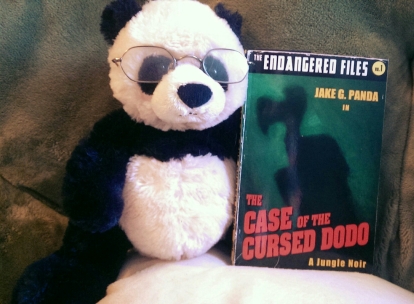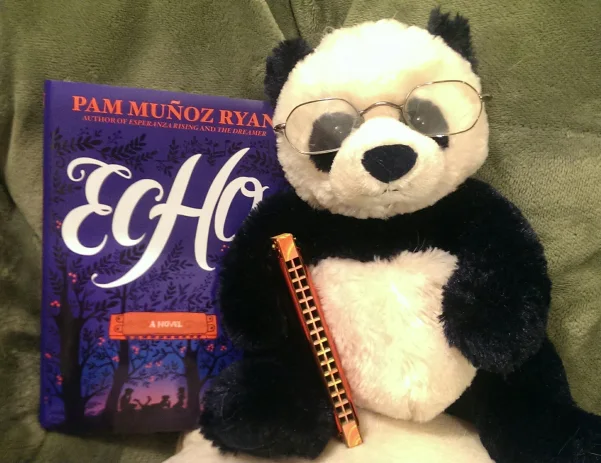Have you ever raked blueberries? If not, consider yourself lucky because blueberry raking is one of the most labor-intensive jobs there is. Well, in my limited experience, anyway. I
raked blueberries the summer I turned 13, and it was my introduction to the work force. Every job I had after that had far fewer physical demands, and didn’t result in daily sunburns.
Ok, why am I telling you this? Well, because Cynthia Lord’s new book “A Handful of Stars” takes place in Downeast Maine on the blueberry barrens. I definitely can’t think of another book with this as a setting. I thought it was incredibly unique and helped to shine a light on a side of Maine that people probably don’t know much about. Sure, people may know that Maine is the leader in wild blueberries, but are probably unfamiliar with the process in collecting them. There is a significant portion of rakers that come from outside Maine, and this group of people is known as “migrant workers”, as they typically travel from place to place, usually doing seasonal work. Keep reading to see how all of this connects to the book. I promise it does!

Summary
Lily lives with her grandparents in a coastal Maine town. In the summer, her grandparents’ store get a lot of traffic, as more and more people come to the area to rake blueberries. It’s during this time that Lily meets Salma, a young girl who’s traveled from Florida to rake blueberries in Maine. Many migrant workers travel to Maine during the summer to do just that. Salma is staying with her parents in a one-room bunk house in a compound with other seasonal workers. Though Lily has spent a lot of time around blueberries, she’s never seen what life is like for workers like Salma and her family.
Lily and Salma form a quick bond. Salma offers to work with Lily to paint and sell bee houses to help raise money for Lily’s blind dog, Lucky. Lily learns a lot about the difficulties of traveling around the country to make money. She’s also sensitive to the fact that there is an obvious prejudice toward migrant workers, and Lily cannot understand why people would dislike anyone as nice as Salma.
The climax of every Downeast summer is the Blueberry Queen pageant. This year, Salma decides to enter because she’d love to have the grand prize: a college savings bond. In her borrowed dress, Salma takes the stage and impresses the judges with her knowledge of blueberries and dazzles them with her wit and charm. Before the talent portion of the show, Salma gets so nervous that she nearly abandons the pageant. But her new friend Lily helps encourage her, and even goes up on stage to help Salma be more comfortable. Despite her best efforts, Salma takes second to a blonde-haired, fair-skinned local girl.
Though she didn’t win the savings bond, Salma does get a gift certificate. She selflessly gives her prize to Lily so she can use it to buy Lucky a seeing eye dog. Though Lily doesn’t think it’s a good idea at first, she changes her mind as soon as she sees Lucky’s enthusiasm toward his new puppy friend. The sweetness of this moment is slightly tinged with sadness as Lily thinks about how she’ll soon have to part with her friend, Salma. But, as “star friends” do, Lily and Salma know that they’ll never truly be apart if they’re looking up at the same stars each night.
Final Thoughts
I think the themes of friendship and acceptance of those different from us will make this book a frequent recommendation by teachers and parents. Young readers will enjoy it because it has relatable characters and situations. And who doesn’t love a happy ending for an old, blind dog? A nice treat for readers is this free printable calendar featuring the beautiful Lucky!
Aside from being a wonderfully talented author, Cynthia Lord is also a genuinely beautiful person. She often visits schools, responds to fan mail from young fans, and even works with teachers and librarians. She’s also been known to do giveaways, and has sponsored teachers to help them attend professional development conferences. After you leave this blog, I recommend you do two things: 1) Check out Cynthia Lord’s website and 2) Read “Rules” if you haven’t already. Enjoy!
Title: “A Handful of Stars”
Author: Cynthia Lord (connect with her via Twitter:
Pages: 192
Publisher: Scholastic Press
Publish Date: May 26, 2015
You might also enjoy: “Rules” by Cynthia Lord
My recommended age range: 4th-6th grades


